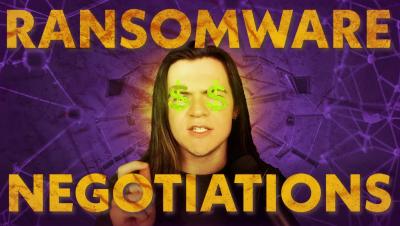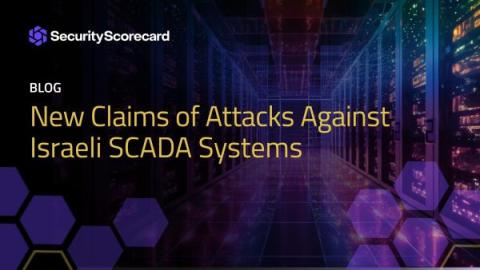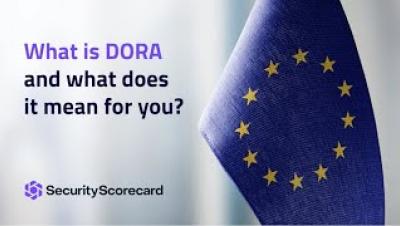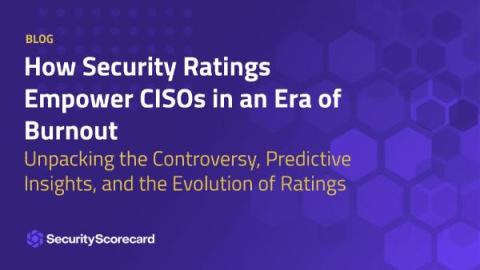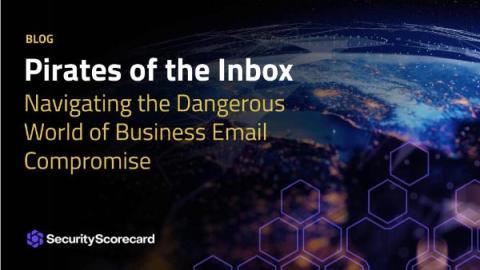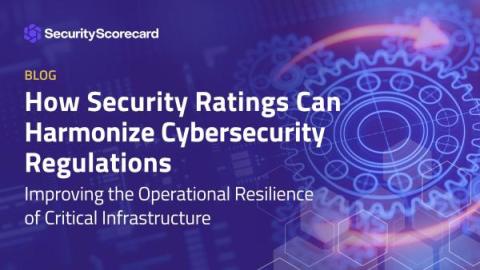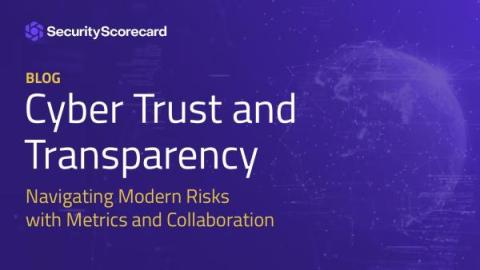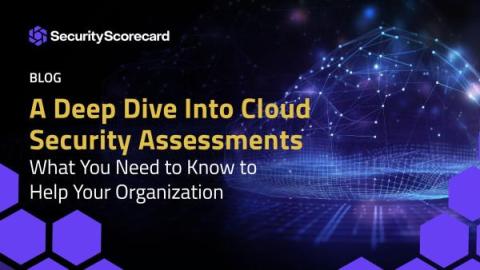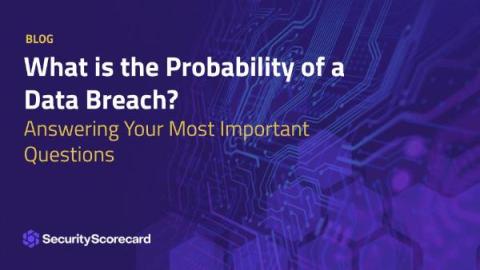Security | Threat Detection | Cyberattacks | DevSecOps | Compliance
SecurityScorecard
New Claims of Attacks Against Israeli SCADA Systems
Since Hamas’s attack on Israel last month, SecurityScorecard’s SecurityScorecard Threat Research, Intelligence, Knowledge, and Engagement (STRIKE) Team has paid close attention to hacktivist activity provoked by the conflict, with particular focus on the international scope.
DORA Overview
How Security Ratings Empower CISOs in an Era of Burnout
When I bring up the topic of security ratings to my CISO colleagues, I typically get one of two reactions. The first half complains about misattribution of issues along with reporting fix times (although accuracy has improved). But the other half understand how to leverage this technology to their benefit to make their jobs easier and their organizations safer. Read below to get under the hood of how to leverage the evolving application of this technology to secure your supply chain.
Pirates of the Inbox: Navigating the Dangerous World of Business Email Compromise
Business Email Compromise (BEC) is one of the fastest-growing and financially-damaging cybercrimes. It has consistently led the way in cybercrime losses in recent years. According to the 2022 FBI Internet Crime Report, the FBI received 21,832 Business Email Compromise (BEC) complaints, with estimated losses totalling more than $2.7B. Data shows a 38% increase in cybercrime as a service targeting business email between 2019 and 2022.
How Security Ratings Can Harmonize Cybersecurity Regulations
In July of this year, the Office of the National Cyber Director (ONCD) stated in its release of an RFI on regulatory harmonization that: “When cybersecurity regulations of the same underlying technology are inconsistent or contradictory—or where they are duplicative but enforced differently by different regulators … consumers pay more, and our national security suffers.” This is an understatement. SecurityScorecard agrees and was happy to share our comments with ONCD today.
Cyber Trust and Transparency
In cybersecurity, the terms “trust” and “transparency” are often mentioned. And while they should no doubt be a priority, they can also be difficult to quantify. Good CISOs recognize that transparency in cybersecurity isn’t a one-time effort. It’s a continuous process that involves a near-constant state of evolution. But with the right tools and systems in place, it’s possible to not only measure trust and transparency but improve them as well.
The Evolution of the CISO
CISOs and security leaders are constantly being reminded that cyber risk is now a business risk. And at the same time, organizations are realizing the financial implications of not having cyber expertise on their boards.
A Deep Dive Into Cloud Security Assessments
Cloud platforms offer unparalleled scalability, flexibility, and cost-efficiency. However, the convenience and advantages of the cloud are accompanied by significant security challenges. Hackers are constantly trying to exploit weak cloud configuration settings, which is why it’s important to have visibility into the security of your organization’s cloud infrastructure.
What is the Probability of a Data Breach?
Cybercrime is on the rise. By 2025, the cost of cybercrime around the world is estimated to escalate to $10.5 trillion, based on a year-over-year increase of 15%. This number represents the potential for the largest transfer of economic wealth in history and exceeds even the total global profits from the illegal drug trade.


